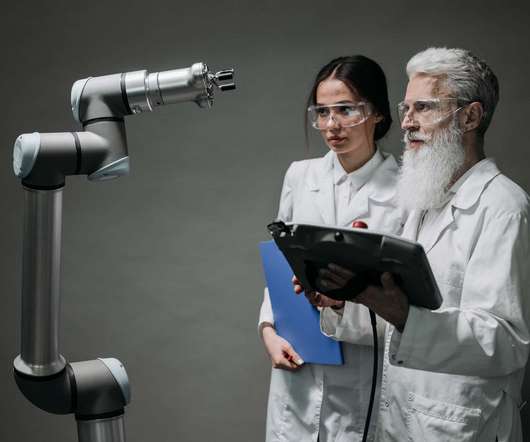Key Tools and Technologies to Build the Warehouse of the Future
DELMIA Quintiq
JUNE 21, 2021
The Warehouse of the Future is likely to become the norm in the coming years and will be driven by technologies such as: IIoT and real-time data Internet of Things (IoT), is an ecosystem of sensors (e.g., billion by 2026. for location, humidity, temperature) that are interconnected across digital networks.















Let's personalize your content